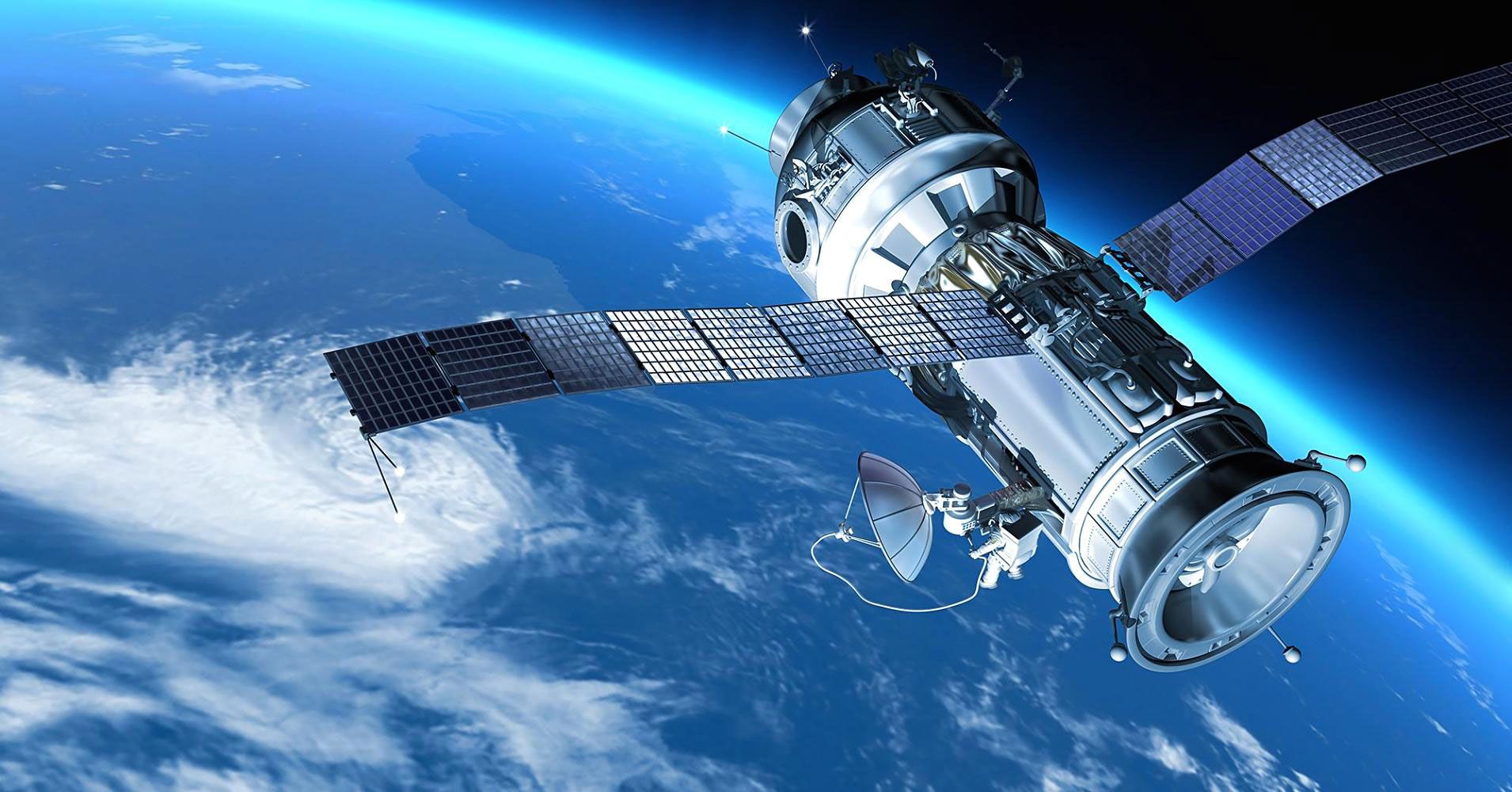
The BeiDou Navigation Satellite System and the UTC leap second


Yuting Lin, Senior Engineer, Beijing Satellite Navigation Center, Yuanxi Yang, Research Fellow, State Key Laboratory of Geo-Information Engineering and Bijiao Sun, Engineer, State Key Laboratory of Geo‑Information Engineering, China
A continuous, stable and accurate timing service is a basic requirement for national economic and social development.
Today, satellite navigation systems support the most widely used timing service method, offering the highest accuracy and most extensive coverage.
BeiDou’s time system
The BeiDou Navigation Satellite System (BDS) has become a vital part of this timekeeping infrastructure, with its third generation BDS‑3 reaching completion with final satellite launches in 2020. The BDS constellation now has 45 operational satellites, including 15 BDS‑2 satellites and 30 BDS‑3 satellites, jointly providing user services. Their timing accuracy is better than 20 nanoseconds, representing a 95 per cent confidence level.
BDS adheres, for its reference time, to BeiDou Navigation Satellite System Time (BDT), which uses the SI (International System of Units) second for continuous accumulation without leap seconds.
The initial epoch of BDT was 00:00:00 on 1 January 2006, Coordinated Universal Time (UTC). BDT relates to UTC as maintained by China’s domestic timekeeping laboratory, with the offset between BDT and UTC kept within 50 nanoseconds (modulo 1 second). Leap second corrections between BDT and UTC are broadcast by NAV message.
Since 1972, UTC has been updated 27 times with positive leap seconds, the latest being on 31 December 2016. At present, the difference between UTC and International Atomic Time (TAI) is 37 seconds.
Impact of leap seconds on BeiDou systems
The leap second affects BeiDou users who adopt BDT, rather than UTC, as their time reference, whether for time synchronization, determining orbit measurements, data processing or other purposes.
While space systems are responsible for receiving and forwarding leap-second parameters, their own system is unaffected by leap seconds.
Satellite navigation systems provide time services for critical infrastructure such as electric power, communication, and finance. Given their crucial need for time continuity, frequent leap-second processing would not be conducive to their safe operation.
Today’s ground-based systems process the leap second and broadcast via NAV message to their users. Still, generating and inserting such parameters imposes a burden, along with calculation risks in the operational system.
The output time of the BDS receiver after receiving the satellite signal is UTC time. This means the receiver must take account of leap-second correction parameters and correct the time difference.
If leap seconds were cancelled, the time offset (or the integral number of seconds) between BDT and UTC would be pre-set in systems as a fixed constant. This would simplify system operation and application, improve system stability, and be more favourable to the compatibility and interoperability of multiple global navigation satellite systems.
UTC reform proposals
The impact and risks that arise from implementing such adjustments have led to growing calls for UTC reform and the cancellation of leap seconds. The topic of “the future of Coordinated Universal Time” was submitted to the International Telecommunication Union (ITU) for discussion as early as 1999.
At that time, the Chinese representative to ITU proposed to further study the issue and make a decision after the pros and cons were clear. Relevant countries and organizations subsequently continued discussing the leap second at the World Radiocommunication Conference in 2015, where it was decided to make no changes to UTC before 2023.
At this point, progress in science and technology has made the need for UTC reform urgent.
Three key points must be taken into consideration:
- A future UTC should be more continuous, stable, and accurate. As the universal time standard for evolving economies and societies, it should be better adapted to the needs of users and the ongoing development of science and technology.
- A new second length is needed, with the purpose of absorbing the difference between the atomic second length defined by UTC and the physical second length caused by the uneven rotation of the Earth. This would eliminate the need for a leap second for 10 000 years. Prior to the new second length coming into effect, of course, users should be given sufficient time to comprehensively evaluate and upgrade their existing systems and software to avoid possible operational risks.
- UTC’s connection with Universal Time 1 (or UT1, based on the Earth’s rotation) should somehow be maintained. UT1 still prevails in certain fields and industries, such as astronomy, geodesy, and space exploration, to name just a few. The needs of these users, therefore, must also be considered and resolved.
This article first appeared in ITU News Magazine: The future of Coordinated Universal Time – part of a series of editions on topics to be discussed at the World Radiocommunication Conference (WRC-23), from 20 November to 15 December in Dubai, UAE.
Download your copy of the ITU News Magazine: The future of Coordinated Universal Time.
Header image credit: iStock
